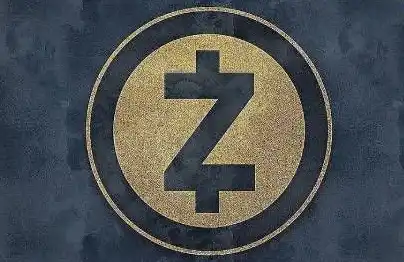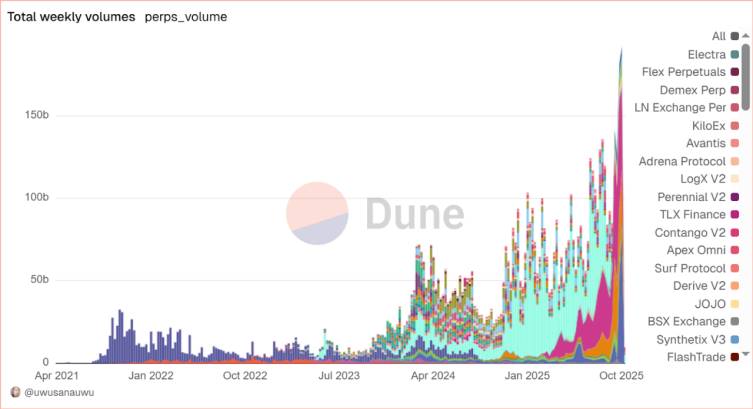'Own power, get a $9.7B Microsoft deal': Bernstein raises IREN price target to $125 following lucrative AI cloud contract
Quick Take Analysts at Bernstein raised their price target on bitcoin miner IREN from $75 to $125, citing the firm’s recently announced $9.7 billion, five-year AI cloud contract with Microsoft. IREN’s ownership of its 2.9 GW power portfolio gives it a structural cost and scalability advantage over rivals like CoreWeave, the analysts said.

Analysts at research and brokerage firm Bernstein have raised their price target for IREN to $125, up from $75, following its $9.7 billion AI infrastructure agreement with tech giant Microsoft.
In late September, the analysts said IREN's AI cloud buildout could deliver $500 million in annual revenue by early 2026, more than tripling their price target for the stock to $75 — a price that was briefly hit after the Microsoft deal was announced on Monday, prompting the latest adjustment.
In an updated note to clients on Tuesday titled "Own power, get a $9.7 billion Microsoft deal," the analysts led by Gautam Chhugani maintained their outperform rating on the bitcoin miner-turned-AI diversifier's stock, adding that the deal cements IREN's transition into a vertically integrated AI cloud operator with one of the industry's most extensive power portfolios.
Under the contract, IREN will provide 200 MW of GPU-based data center capacity at its Childress, Texas, site, which translates to an additional $2 billion in annual recurring revenue by the end of 2027, the analysts said. The five-year agreement includes a 20% prepayment from Microsoft, worth $1.94 billion, to help fund an estimated $8.8 billion in capital expenditure, split between $5.8 billion in GPUs sourced from Dell Technologies and $3 billion in data center buildout costs.
"We expect IREN to tap a combination of convertibles and straight debt to raise the remaining [capital]," the analysts noted.
Bernstein said the scale of the Microsoft contract underscores the competitive advantage of IREN's ownership model, which eliminates dependence on third-party colocation partners. Unlike its "neocloud" peers such as CoreWeave, IREN owns its 2.9 GW of power infrastructure across Texas and British Columbia, providing significant flexibility to scale in line with client demands without depending on a co-location partner, while improving margins, the analysts said. Bernstein expects IREN's vertically integrated structure to deliver roughly 10% to 15% higher operating margins compared with hosted operators.
The analysts value IREN using a sum of parts approach, projecting IREN's AI cloud revenues to reach $2.5 billion by the end of 2027, more than double their previous, pre-Microsoft deal estimate, with 85% EBITDA margins supported by low-cost power and direct infrastructure control. Bernstein values IREN's AI cloud business at 14x 2027 EBITDA, contributing about $28.5 billion to its total $41 billion enterprise valuation.
Its bitcoin mining segment, now contributing roughly just 6% of total EV, continues to generate around $620 million in annualized EBITDA at current prices, providing internal cash to fund AI expansion, they added.
IREN AI cloud annualized revenue runrate ($Mn). Image: Bernstein.
IREN's stock up more than 550% in 2025
Following news of the Microsoft deal, IREN's stock gained nearly 30% at one point in pre-market trading on Monday, according to The Block's price page , before correcting, closing up 11.5% at $67.75. IREN is down 6% in early trading on Tuesday at $63.70, per TradingView — having gained over 550% year-to-date.
IREN/USD price chart. Image: TradingView .
Other AI-diversifying bitcoin miners have seen similar gains for their stocks as the burgeoning industry seeks to tap into their lucrative power and infrastructure contracts. While bitcoin mining ASIC chips are not suitable for AI workloads, these firms often have access to substantial power capacity, physical data centers, and other tech that can be adapted for GPU-hosting amid the boom.
The Microsoft contract represents a mere 10% of IREN's 2.9GW power portfolio, with the potential to scale across multiple hyperscaler clients at its sites, Bernstein noted.
"This deal reaffirms that bitcoin miners find themselves in an advantageous position, led by their disproportionate 'power access' in a power constrained world, providing them opportunities to maximize yield on their power interconnect," Chhugani said. "IREN has sustained runway for growth, with its 2.9GW power pipeline and status as NVIDIA's preferred partner."
Chhugani maintains long positions in various cryptocurrencies.
Disclaimer: The content of this article solely reflects the author's opinion and does not represent the platform in any capacity. This article is not intended to serve as a reference for making investment decisions.
You may also like
Galaxy Research Report: What Is Driving the Surge in Zcash, the Doomsday Vehicle?
Regardless of whether ZEC's strong price momentum can be sustained, this market rotation has already succeeded in forcing the market to reassess the value of privacy.

Soros predicts an AI bubble: We live in a self-fulfilling market
When the market starts to "speak": an earnings report experiment and a trillion-dollar AI prophecy.

Soros predicts an AI bubble: We live in a self-fulfilling market
The article uses Brian Armstrong's behavior during the Coinbase earnings call to vividly illustrate George Soros' "reflexivity theory," which posits that market prices can influence the actual value of assets. The article further explores how financial markets actively shape reality, using examples such as the corporate conglomerate boom, the 2008 financial crisis, and the current artificial intelligence bubble to explain the workings of feedback loops and their potential risks. Summary generated by Mars AI This summary was generated by the Mars AI model, and the accuracy and completeness of its content are still being iteratively improved.

In-depth Research Report on Perp DEX: Comprehensive Upgrade from Technological Breakthroughs to Ecosystem Competition
The Perp DEX sector has successfully passed the technology validation period and entered a new phase of ecosystem and model competition.

